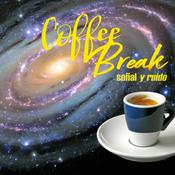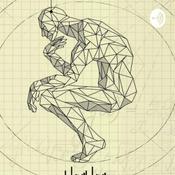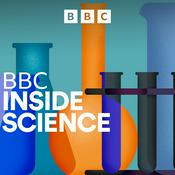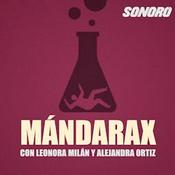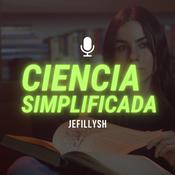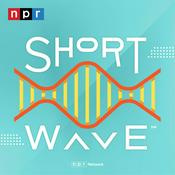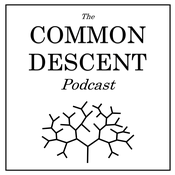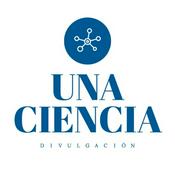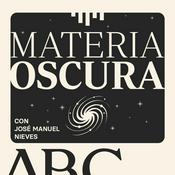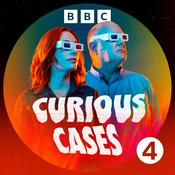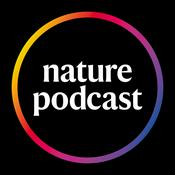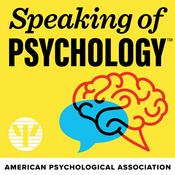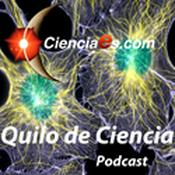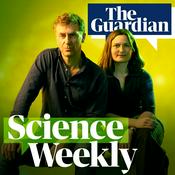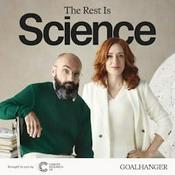Episodios disponibles
5 de 85
- Why the FDA Is Slow to Remove DrugsOn the 90-year saga of oral phenylephrine. By Michael DePeau-Wilson.Read all articles from Asimov Press, for free, by visiting press.asimov.com.--------38:16
- A Most Important MustardOn the origins of Arabidopsis thaliana, the premier model for plant biology. By Xander Balwit.Read all of our articles for free at press.asimov.com.--------11:38
- The Penicillin MythCompeting theories seek to explain inconsistencies surrounding Alexander Fleming’s famed discovery. By Kevin Blake.Read all of our work for free at press.asimov.com.--------37:48
- How to See the DeadA retinal implant designer must decide if translating mourning into light is progress or a refusal to let go. By Spencer Nitkey.Read all of our articles, entirely for free, at press.asimov.com.--------31:40
- Animalcules and Their MotorsAdvances in cryo-electron microscopy are revealing the molecular intricacies of cell movement. By Niko McCarty.Read all of our articles, entirely for free, at press.asimov.com.--------14:56
Más podcasts de Ciencias
Podcasts a la moda de Ciencias
Acerca de Asimov Press
Audio recordings of Asimov Press essays and science fiction, focused on the science and technologies that promote a flourishing future.
Sitio web del podcastEscucha Asimov Press, Coffee Break: Señal y Ruido y muchos más podcasts de todo el mundo con la aplicación de radio.net

Descarga la app gratuita: radio.net
- Añadir radios y podcasts a favoritos
- Transmisión por Wi-Fi y Bluetooth
- Carplay & Android Auto compatible
- Muchas otras funciones de la app
Descarga la app gratuita: radio.net
- Añadir radios y podcasts a favoritos
- Transmisión por Wi-Fi y Bluetooth
- Carplay & Android Auto compatible
- Muchas otras funciones de la app


Asimov Press
Escanea el código,
Descarga la app,
Escucha.
Descarga la app,
Escucha.
